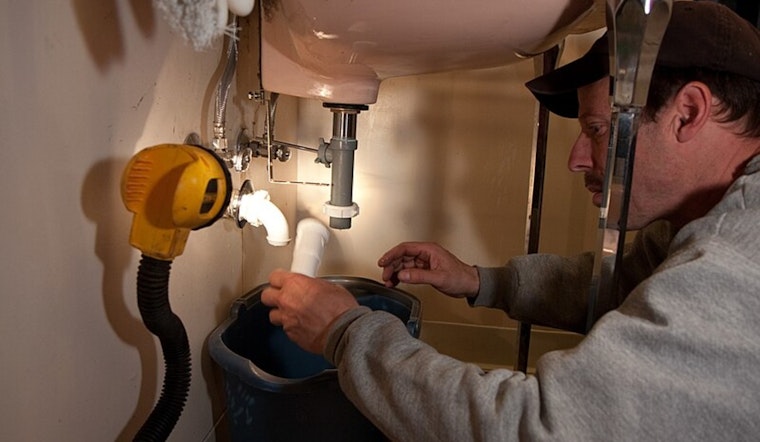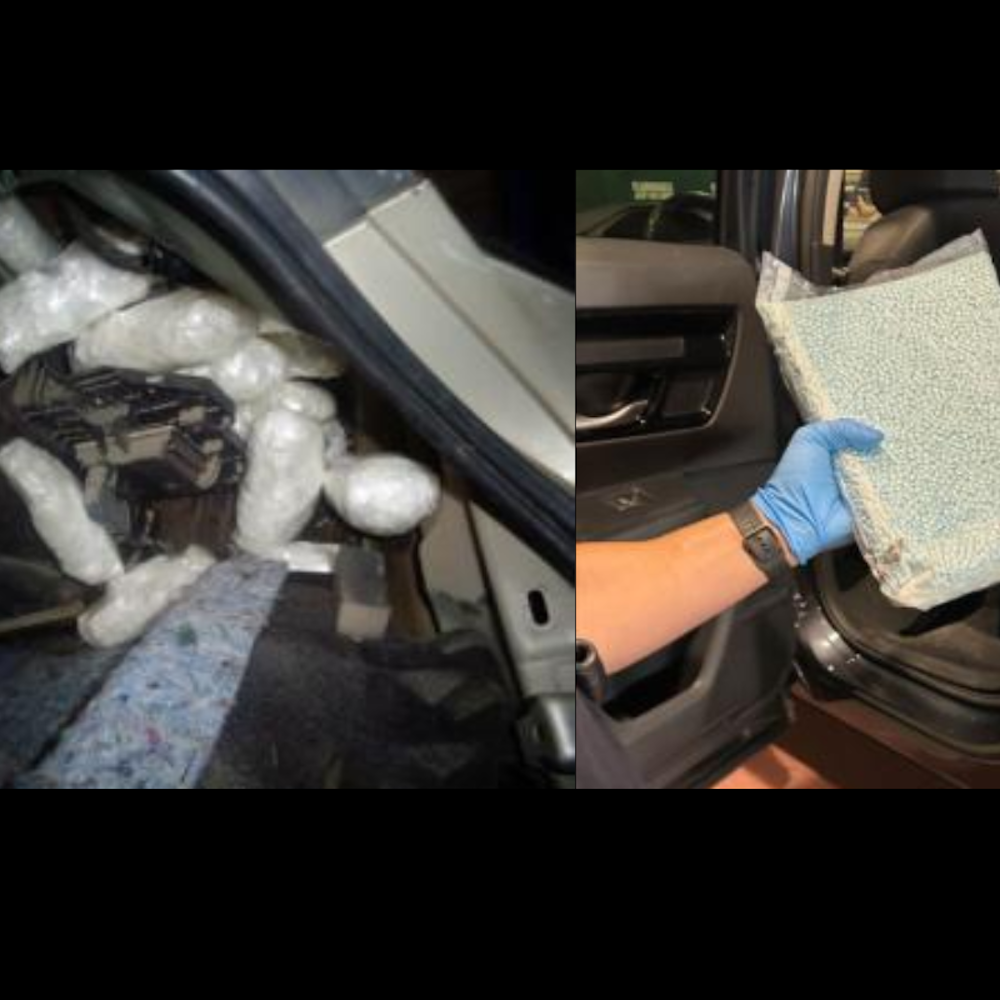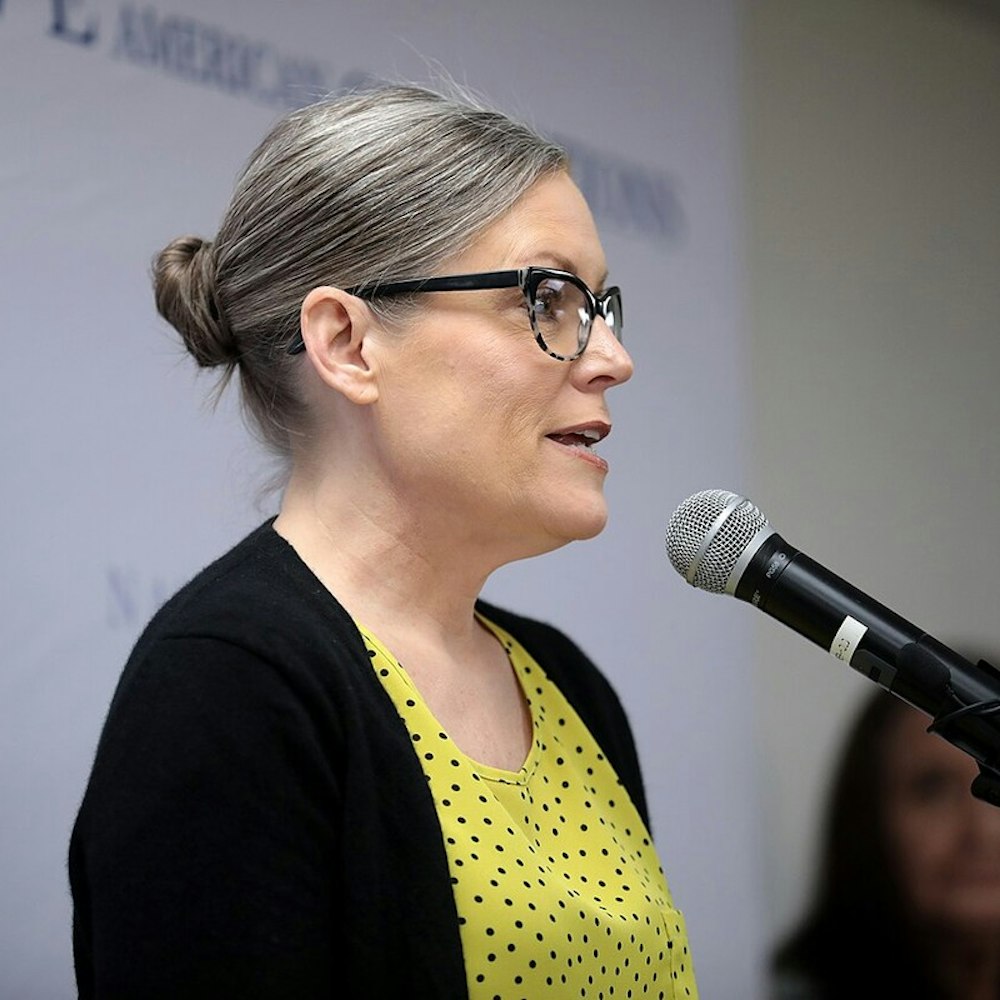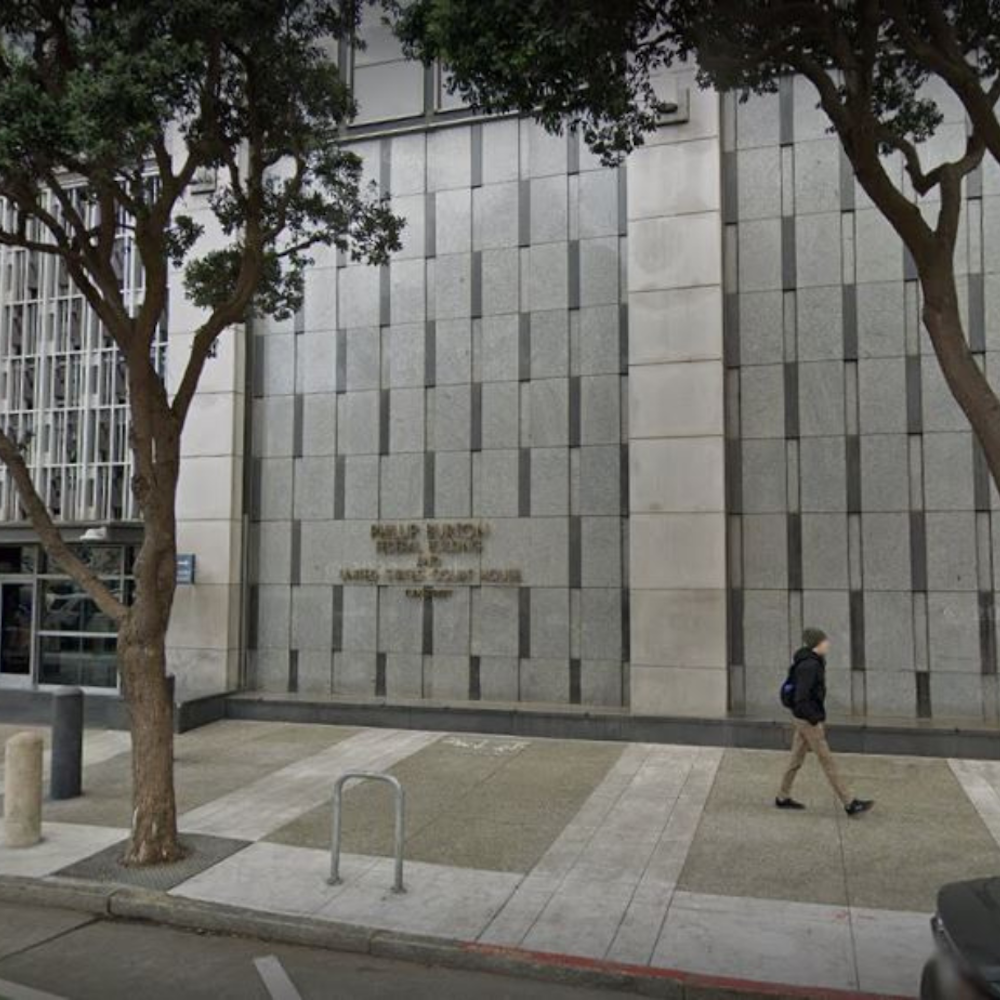
As Austin navigates a critical shortage of skilled tradespeople, local workforce leaders are doubling down on efforts to bridge the labor gap, calling for robust training initiatives and community partnerships. The city, which is in the throes of substantial infrastructural endeavors, is aiming to pump up its skilled trades workforce by more than 10,000 annually over the next decade, as reported by the Austin Monitor.
The shortfall became starkly apparent in February 2021, when a deep winter freeze wreaked havoc across Austin, leading to a desperate scramble for plumbers. "They said, 'Tamara, pipes are bursting all over Austin. We need at least 200 plumbers to go out and help both businesses and residents fix their pipes to stop the water from flooding into their homes. Where can I find 200 plumbers?'" Tamara Atkinson, CEO of Workforce Solutions Capital Area, told the Austin Monitor. Atkinson’s response was a sobering wake-up call on the importance of foresight in workforce development, "With all due respect, we should have started at least two years ago."
A recent Urban Land Institute Austin session brought this issue into focus, as industry leaders like Silicon Labs’ chief legal officer, Nestor Ho, highlighted significant employment imbalances—there are currently 62,000 jobs for a pool of 52,000 unemployed individuals. As per Austin Monitor, addressing the gap needs to start with the youth, "The kids who do not get some form of advanced qualification, be it welding or whatever it is, something like three-quarters of them will not make a living wage."
Current training initiatives are falling short, with only about 3,000 new trades workers entering the field annually against the demand for over 10,000. Atkinson pointed out that the push must include women, who make up a meager 14 percent of infrastructure workers, and other underrepresented groups, requiring systemic changes such as the provision of child care and other social services to bolster workforce inclusivity and retention. "The only way we’re going to close the gap is if we as an industry embrace workers that historically we have not attracted or retained in these different industries," Atkinson elucidated in her interview with the Austin Monitor.









